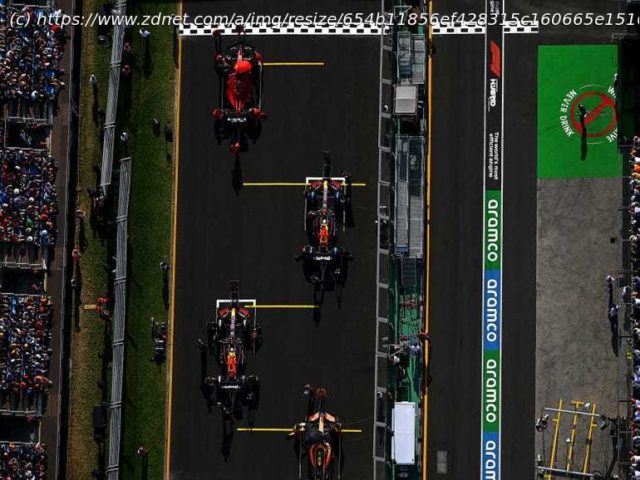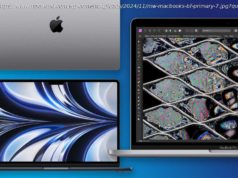From renders to simulations to digital twins, doing things virtually before executing them on the race track seems to be the key for all Formula 1 teams.
In the latest Formula One (F1) season, racing teams have been slapped with a drop in the budget cap, from $145 million to $140 million per team. The dip in approved expenditure has meant individual teams must place more emphasis on cost efficiency and resource management than ever before. By that same token, the technology used by F1 racing teams also carries more importance than in previous seasons. Each team approaches this cost cap challenge differently, but here are some of the ways F1 racing teams are using technology to shave off dollars this season, from the factory all the way to the race track. The engineers from AlphaTauri have opted to use Epicor’s Kinetic system to analyse production data and create simulations of parts in the hopes of minimising the number of materials used. Through using a data management vendor, AlphaTauri said it can automatically render an entire schematic structure or digital twin of its racing cars. Essentially, the performance for every part of its car is snapshotted in various sectors of a full race, said Giovanni Cattarina, one of the team’s engineers. By having these renders available, AlphaTauri can pre-empt and eliminate unplanned financial costs, such as the over-ordering of components or wastage of materials, «The team also has granular visibility into which machine, operator, and tools were used to manufacture each part, helping develop cost-analysis models that inform make-or-buy decisions, as well as quickly correcting any production issues before getting to the track,» Cattarina said. Carbon fibre is a good example of the importance of these renders, as F1 teams must always have a precise view of how much carbon fibre is in stock — its integrity and lifecycle, and real-time consumption — to enable them to avoid unnecessary over-ordering, especially with the budget cap constraints. Having those renders in hand also allows AlphaTauri to quickly pinpoint which part of the vehicle is underperforming when analysing a recently finished race. «It’s actually more important to Giovanni and his team to ensure that the information is available while they’re redesigning and reengineering the vehicle during the race in a live environment which can reduce the amount of time it takes for the team to adapt to change on race day, which is critical for those few milliseconds of improved performance,» Epicor ANZ VP Greg O’Loan said.






